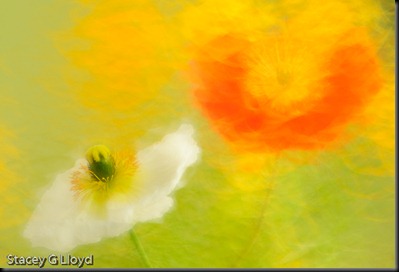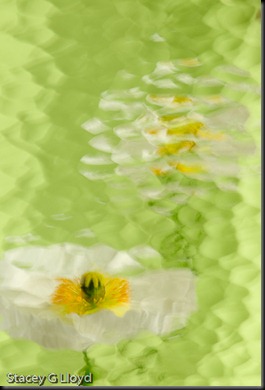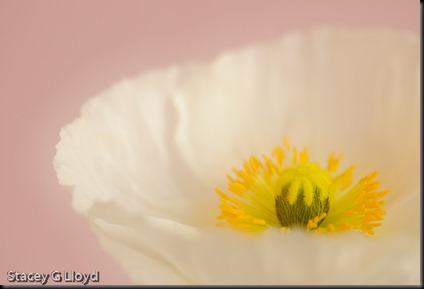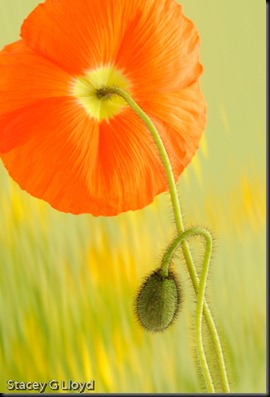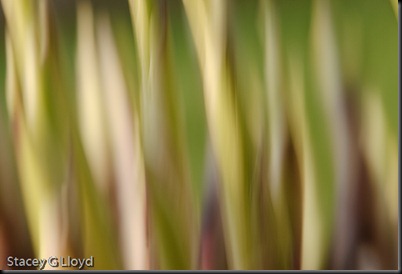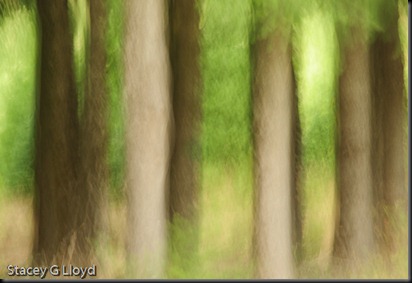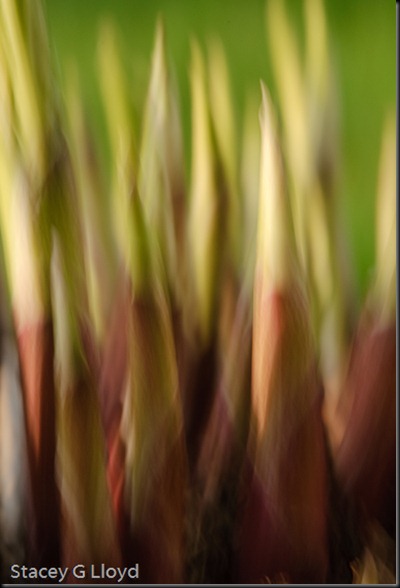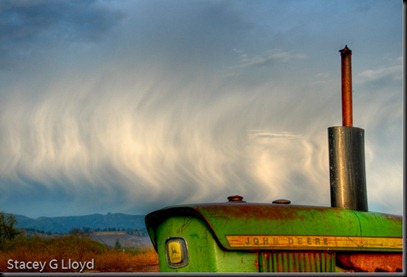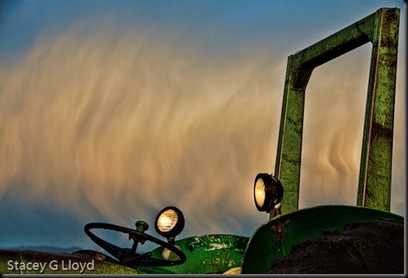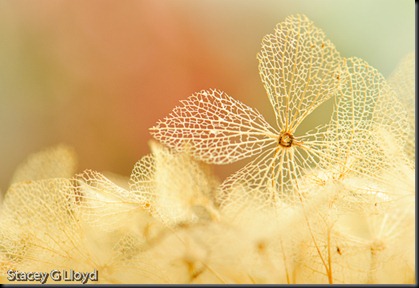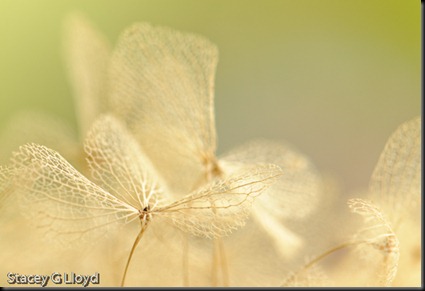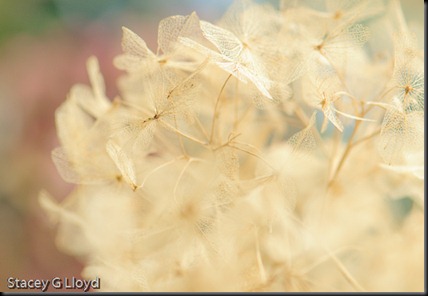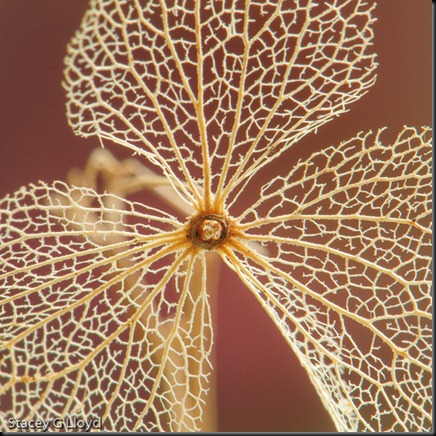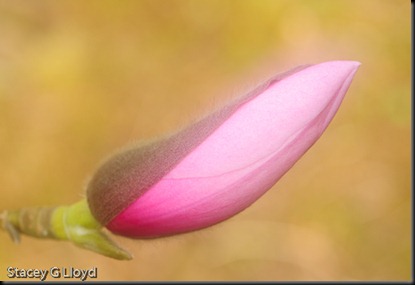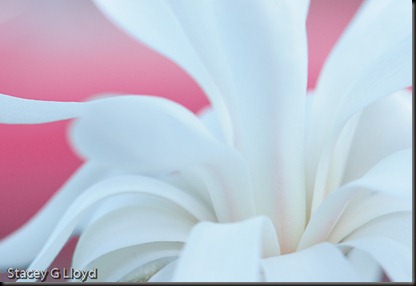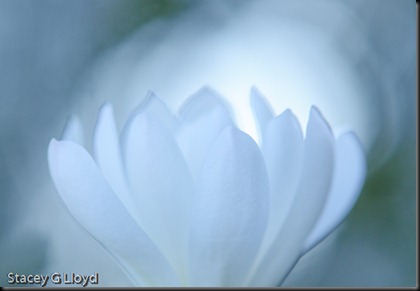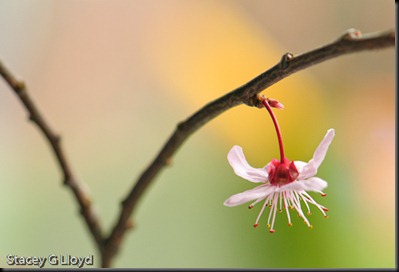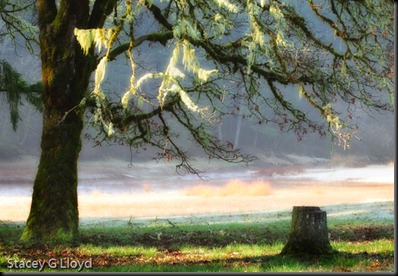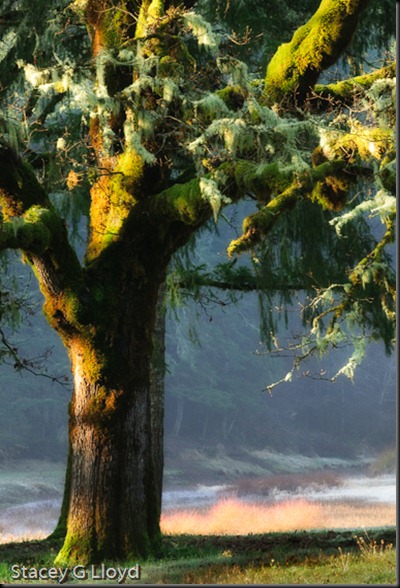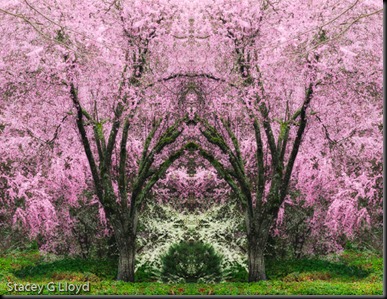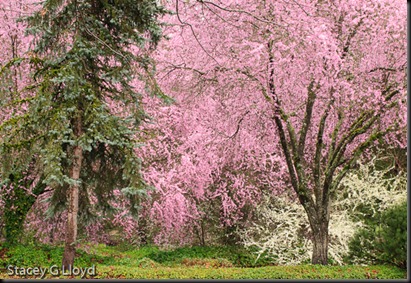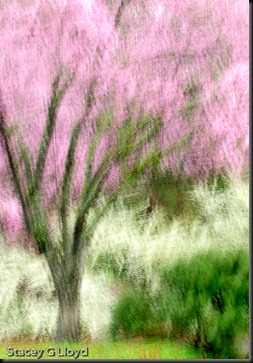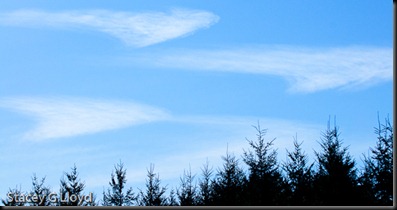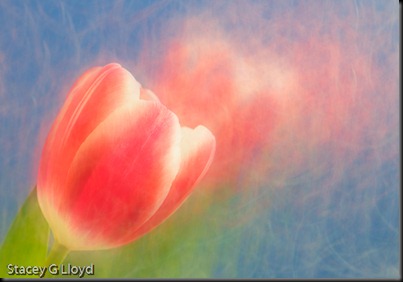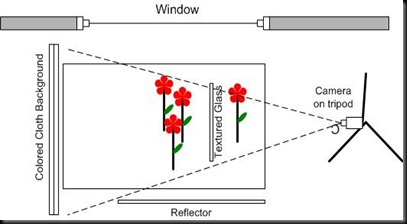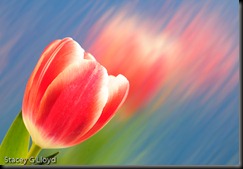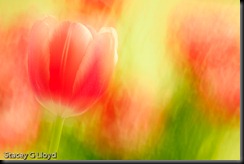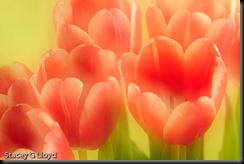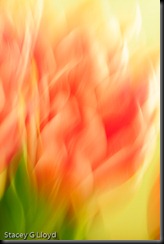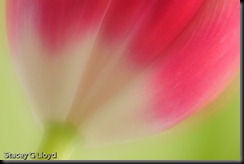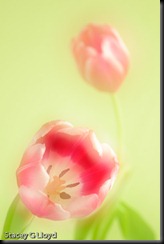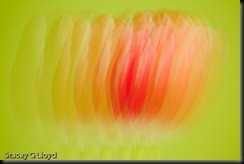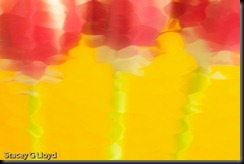Being spring, the garden nurseries are now open and stocking perennials and annuals to fill our garden beds. As I have noted before I am both a photographer and gardener. I now look at flowers for not only how they will look in the garden but for their photographic appeal.
Poppies are wonderful subjects with the crepe paper pedals and showy centers. As you can see in the blog images I picked up a couple of them and before planting them have taken the time to photograph them with the setup I detailed a few blogs ago, http://staceyglloyd.blogspot.com/2010/02/anticipation-how.html.
Next year I will photograph them in their garden settings.
Image details:
- The first image is composed from two images. They both used a heavily textured piece of glass moved in a circular motion. One (A) had the glass between the two flowers and the 2nd (B) in front of both flowers. In photoshop the two were blended (normal) slightly with A in the background. Using a brush the flower center detail of A (the white poppy) was revealed via a mask .
- The approach for the second image was similar, but with different glass that was held still. This created the water like illusion with the center of the front flower being out of the “water”
- With a pink backdrop an in camera overlay of a sharp image and a soft focused image where blended to create the soft glow.
- Poppy bud and flower in front of a obliquely moved glass pain with yellow tulips in the background.

